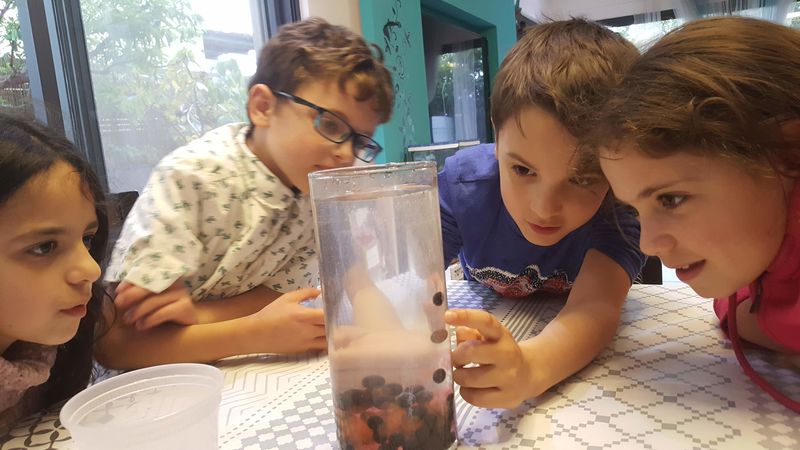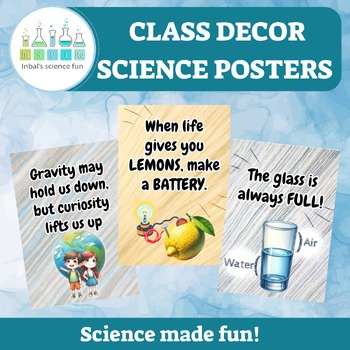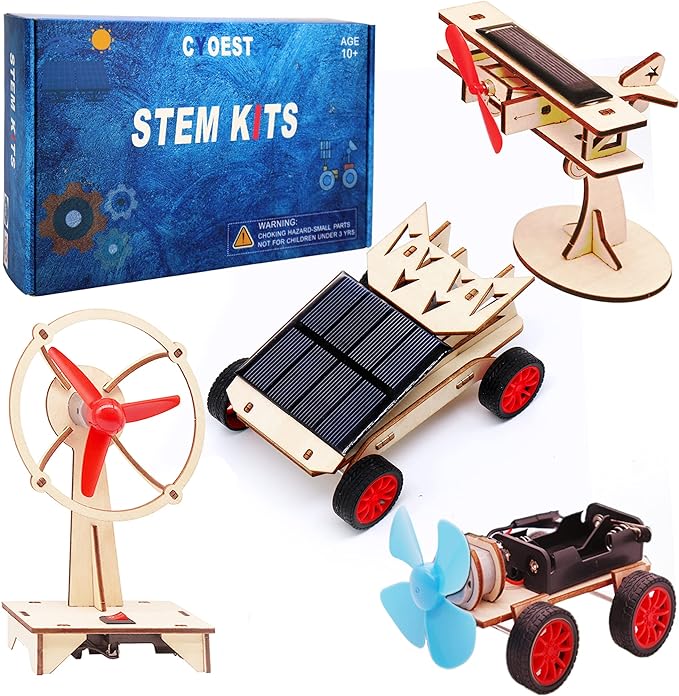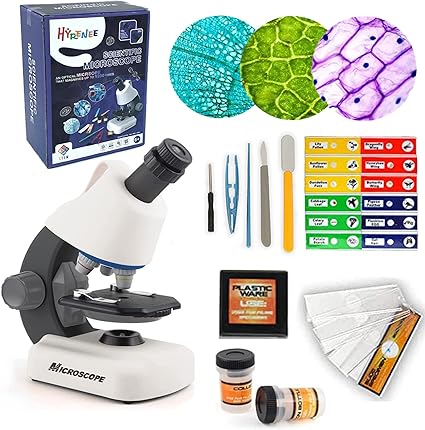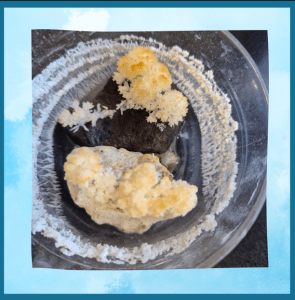Colors in milk for Valentine’s day
Get ready for a colorful and mesmerizing science experiment that’s perfect for all ages! In this fun and easy activity, we’re going to explore the fascinating properties of surface tension using everyday items like milk, food coloring, and dish soap. Watch in awe as a simple addition of soap transforms a plate of milk into a swirling kaleidoscope of colors. This experiment is not only visually captivating but also a great way to understand basic scientific concepts in an engaging and interactive way. Let’s dive into the world of fluid dynamics and witness the magic of chemistry right before our eyes!
Materials:
- A white plate
- 3% fat milk
- Food coloring
- Cookie cutters – heart shaped
- Cotton swab
- Dish soap
What to do?
- Place the cookie cutters in the center of the plate.
- Pour the milk into the plate.
- Gently add a few drops of different colored food coloring around the cookie cutters, being careful not to drop the color inside them.
- Dip the end of the cotton swab in dish soap, and then gently touch the milk.
- The food coloring will start to move and swirl around the plate
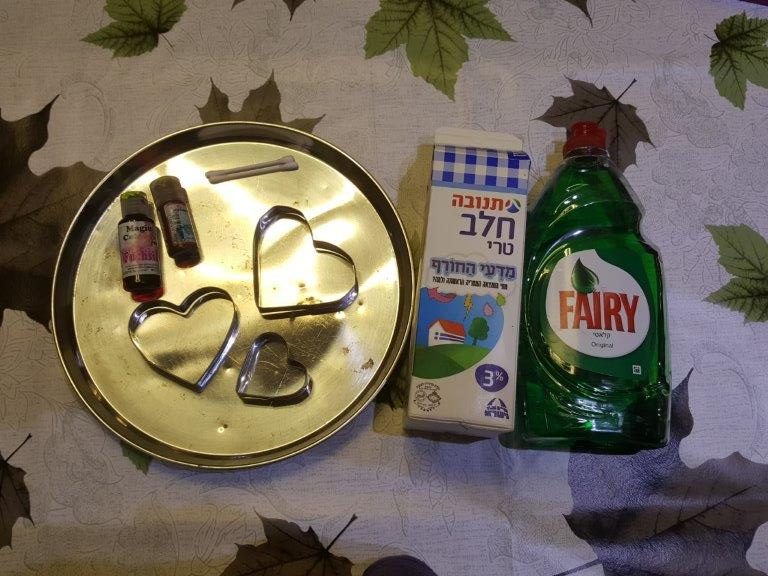
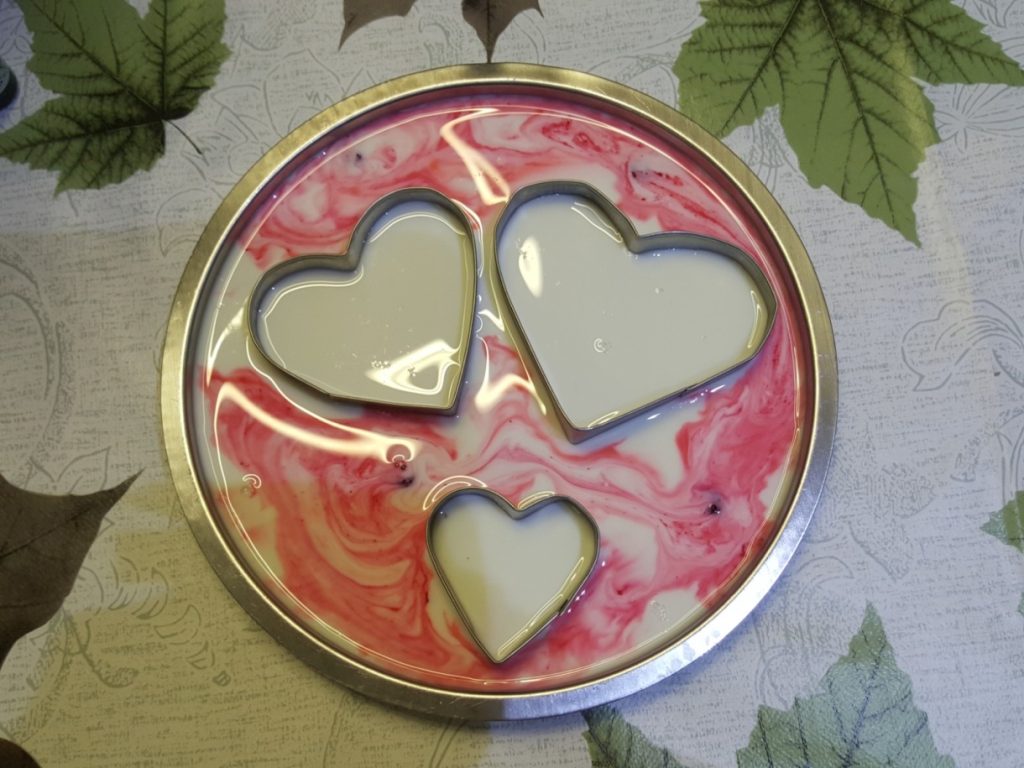
How does this happen?
The milk contains water molecules that create “surface tension” on the liquid’s surface, like an invisible thin sheet stretched across the milk, with the food coloring floating in it. If the milk is not stirred after adding the food coloring, the color drops will remain in place.
The soap weakens the milk’s surface tension by absorbing the fat molecules (which is why full fat milk works best) and creates ‘holes’ in the invisible sheet on the milk’s surface. The sudden activity in the milk causes movement, and the color moves with the liquid, showing us the holes being created and forming stunning color patterns in the process.
If you enjoyed this experiment, Check my EXPERIMENTS page with a ton of more ideas!
We’d love to showcase your creativity!
Share pictures of your experiments with us, and together, we can inspire young scientists everywhere!
